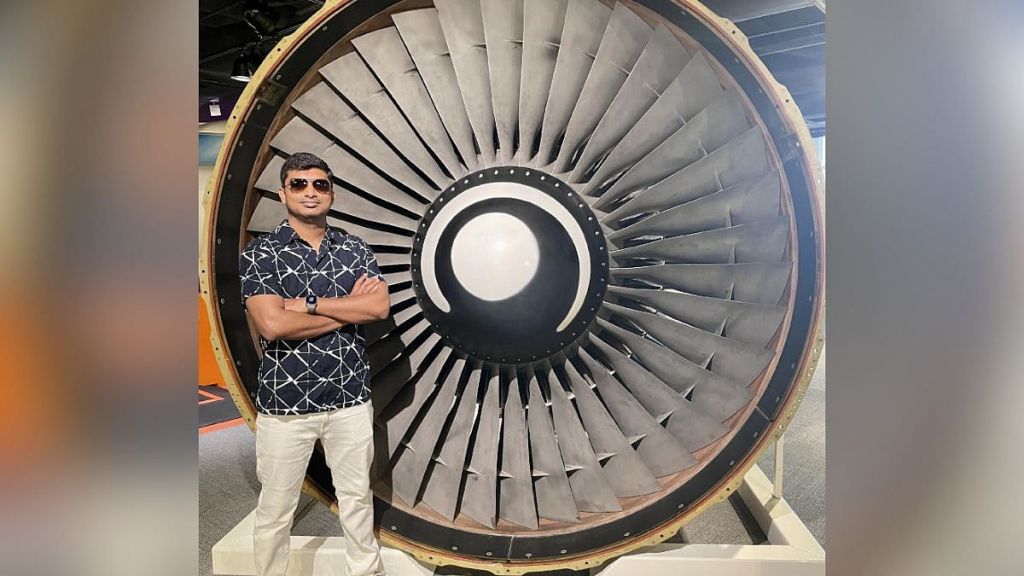
Within the tech sphere, a relentless demand for high-performance data centers has emerged, fueled by the explosive growth of artificial intelligence (AI) and machine learning (ML) workloads. This surge in computing power has brought with it a critical challenge: managing the immense heat generated by advanced hardware like GPUs and TPUs.
Traditional cooling methods are increasingly struggling to keep pace, leading to concerns about energy consumption and equipment reliability. Bridging disciplines, aerospace engineering principles, particularly aerodynamics, are being applied to fine-tune data center operations. A trailblazer is Anil Kumar Malipeddi, whose stellar skills bear witness to the power of multidisciplinary practices.
Malipeddi, a seasoned aerospace and aeronautical engineering graduate with a master's degree from Wichita State University and solid educational groundwork in fluid dynamics/aerodynamics, transitioned successfully into IT and cybersecurity roles. A visionary IT leader experienced in leading several IT projects, Privileged Access Management (PAM) system and middleware architecture implementation, seamlessly transitioned his expertise in aerodynamics from the skies to the server room.
"My aerospace background instilled in me a deep understanding of airflow, thermal management, and the importance of optimizing system performance," says Malipeddi. These principles, originally developed for aircraft, have proven remarkably applicable to the challenges of data center cooling. By focusing on optimizing airflow, reducing hotspots, and maintaining uniform cooling distribution, it has reduced energy consumption and prevented most hardware failures. Such advances illustrate the greater possibilities of cross-disciplinary cooperation to lower the cost of ownership and power consumption of modern data centers.
Malipeddi has led several successful projects throughout his career that showcase the benefits of bringing aerospace and IT skills together. His published papers “Numerical Analysis of Effects of Leading-Edge Protuberances on Aircraft Wing Performance,” published in the Journal of Aircraft have garnered 66 citations and "Revolutionizing Data Center Cooling: Aerodynamics Solutions for AI-Driven Workloads", published in Journal of Artificial Intelligence, Machine Learning and Data Science makes him a thought leader in this field. Besides this, collaborating with the data center operations teams, he redesigned the server racks, resulting in modernizing infrastructure and reducing inefficiencies. With his understanding of aerodynamics, he created airflow patterns that provided balanced cooling for GPU-heavy workloads—a key necessity for any AI mission. Additionally, his contributions to migrating legacy middleware applications to modern systems, improving overall efficiency, and adopting new security frameworks highlight his ability to drive innovation across IT landscapes.
Anil Kumar Malipeddi's revelations animate the future of data center management with an emphasis on using AI & ML algorithms to derive real-time cooling optimizations. And he calls for aerospace engineers, IT professionals, and architects to work more closely together in the design of resilient and sustainable data centers to support the surging appetite for digital transformation. “The future of data center cooling involves principles of aerodynamics integrated with advanced AI and machine learning algorithms,” he notes. "If we embrace these disparate innovations, we can set up real-time optimization and sustainability that will define the next generation of high-performance data centers.”
The combination of aerospace engineering and IT creates a reliable formula to solve the difficulties facing today’s data centers. Powered by experts like Anil Kumar Malipeddi, this intersection redefines how we scale, operate, and maintain infrastructure, heralding a more efficient, sustainable digital age.